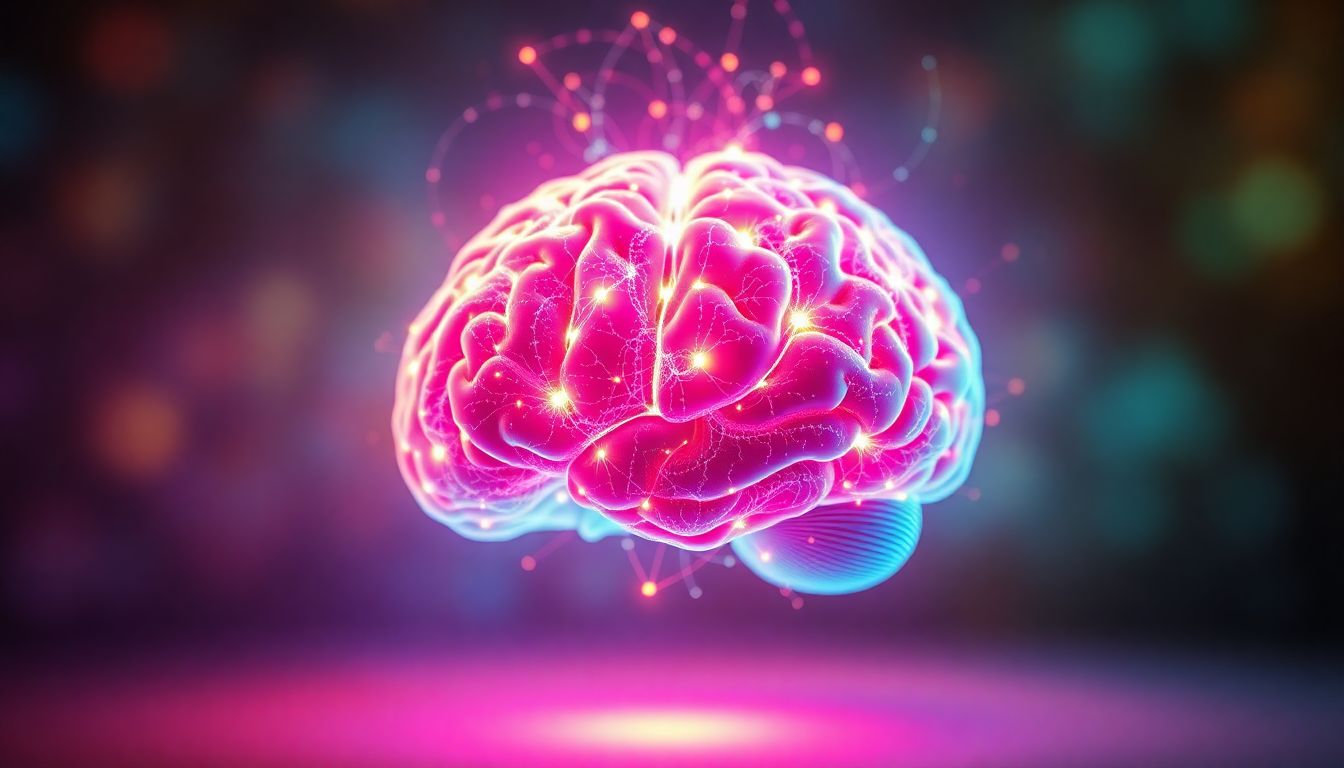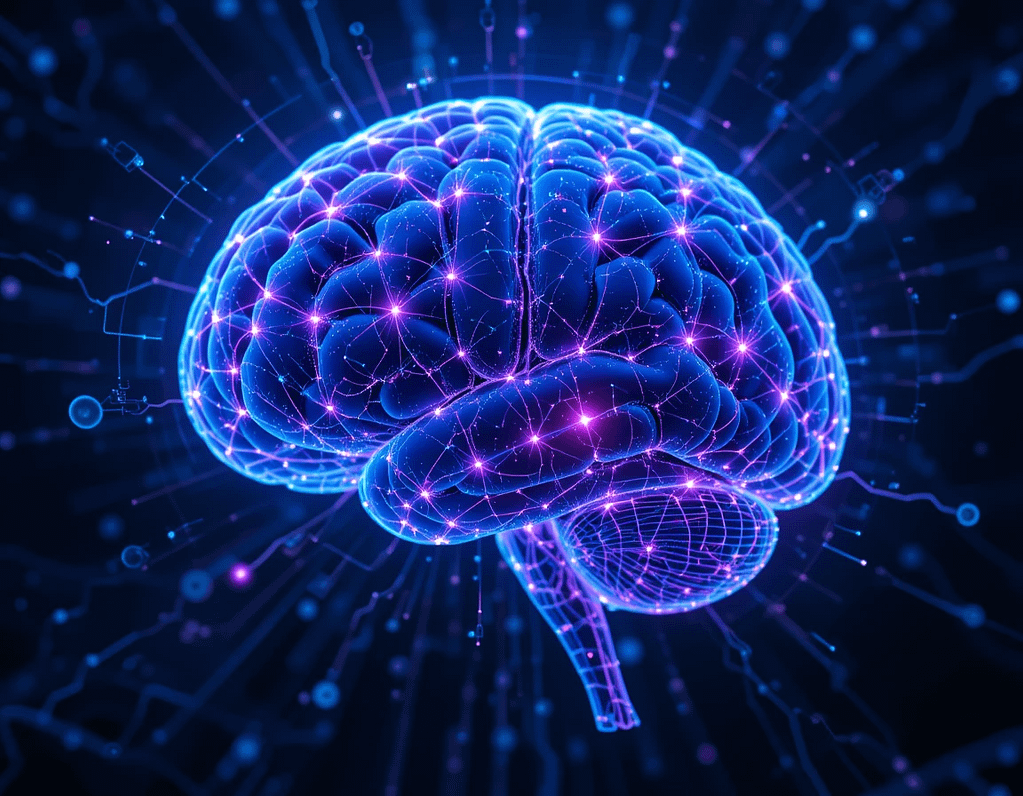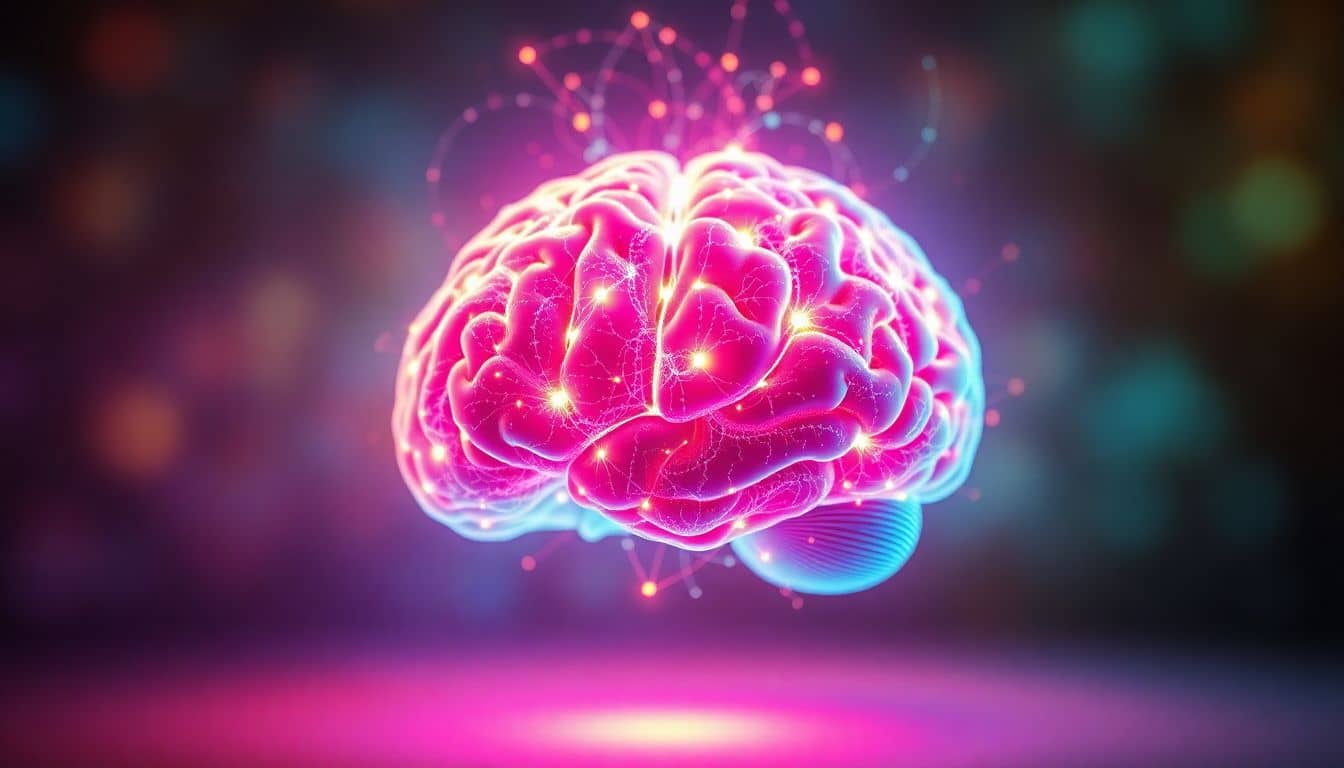
Unveiling the Brain’s Secrets: Exploring the Revolutionary New 4D Brain Map
Ever wondered how your brain pulls off incredible feats? Think about understanding complex ideas, storing memories, and making split-second decisions. For years, scientists have strived to unlock the secrets of the human brain. A new tool is helping us explore how it works: the 4D brain map. This map could change how we see our minds. It also promises to influence treating diseases and even understanding consciousness itself.
What is a 4D Brain Map and Why Does it Matter?
Imagine a regular map showing roads and cities. Now, picture that map coming to life. Cars move, lights blink, and things change over time. That is the basic idea behind a 4D brain map. It shows not only the structure of the brain, but also how it changes. Regular maps only show the structures. This new type shows change. It is far more powerful.
Defining the Fourth Dimension: Time
The “4D” part means adding time into the equation. This map isn’t just a snapshot of your brain. It’s more like a movie. It reveals how brain activity changes. This is across seconds, minutes, or even longer periods. Seeing these changes helps understand how different parts of the brain connect and work together. It can show which activities happen in which areas.
The Limitations of Traditional Brain Mapping Techniques
Old-fashioned brain maps were like still photos. They show what the brain looks like. They didn’t show what the brain does. This misses a lot of the action. Think of it like trying to understand a sports game by only seeing one picture. You miss the passes, the runs, and all the exciting plays. With the old method, changes in the brain were not visible.
The Potential Impact on Neuroscience and Medicine
The 4D brain map offers big possibilities. It can give us a deeper look into brain disorders. Things like Alzheimer’s and Parkinson’s could be seen in new ways. It could help create targeted treatments for mental health issues. Furthermore, understanding the brain better helps us understand what makes us human.
How the 4D Brain Map Was Created: Methods and Technologies
Creating a 4D brain map is a complex process. It uses the latest technology and analysis methods. It is similar to assembling a giant puzzle with billions of pieces.
Advanced Neuroimaging Technologies Used
Scientists use special tools to watch the brain in action. Functional magnetic resonance imaging (fMRI) is one tool. It spots changes in blood flow. Electroencephalography (EEG) is another. It records electrical activity in the brain. These machines provide huge amounts of data. This allows scientists to see the brain from many angles.
Data Collection and Analysis
The data from fMRI and EEG machines are just the beginning. Scientists use powerful computers to sort through the data. Sophisticated computer programs find patterns. These programs then piece together a dynamic picture. It takes supercomputers to analyze this data. It helps turn raw numbers into useful information.
Challenges Faced During Development
Making the 4D brain map wasn’t easy. One problem was dealing with all the data. Another was filtering out noise. Researchers also had to find ways to combine data from different machines. This involved teamwork and new ideas. It took years of work to create a working 4D map.
Key Discoveries and Insights from the 4D Brain Map
This new map has already taught us much. Here are a few key discoveries that have happened because of the technology.
Understanding Neural Networks and Connectivity
Our brains have networks, like highways, that connect different regions. The 4D brain map shows how these networks connect. It shows which routes are busy and how information travels. It can show where connections are weak or broken. This offers insight into disorders.
Insights into Brain Activity During Different Tasks

Scientists can now see what happens when people do different things. They can watch brains while someone reads, solves a problem, or sleeps. The map shows which brain parts light up. This helps us understand how we learn, remember, and think.
Identifying Biomarkers for Neurological Disorders
The map can help find signs of brain disorders. It spots small changes that might be missed otherwise. This leads to earlier diagnoses for diseases like Alzheimer’s or Parkinson’s. It also opens the door to faster treatment options.
Real-World Applications of the 4D Brain Map
The 4D brain map isn’t just for research. It also has real-world uses that can help people.
Improving Diagnosis and Treatment of Brain Disorders
Doctors can use the map to get better insights. They can make diagnoses more accurate. This can help them to create treatments that are specific to the needs of their patients. The map can also help doctors track how well the treatments are working.
Developing More Effective Brain-Computer Interfaces
Brain-computer interfaces (BCIs) let people control devices with their minds. The 4D brain map can help create better BCIs. It allows scientists to understand how the brain sends signals. People with disabilities might be able to use BCIs to communicate. They could also control prosthetic limbs.
Enhancing Cognitive Training and Rehabilitation
The map can also improve cognitive training. It shows how the brain changes during learning. This allows experts to design training programs that target specific brain areas. People recovering from brain injuries can use this tool to rebuild lost skills.
The Future of Brain Mapping: What’s Next?
The 4D brain map is only the start. The future promises even more exciting developments.
Potential for Even More Detailed and Personalized Brain Maps
In the future, brain maps could become more detailed. They may even become personalized. This could mean creating a map for everyone. These maps could take into account individual differences. They could help create the most specific treatment.
Ethical Considerations and Challenges
As brain mapping gets better, ethical questions arise. How do we protect people’s privacy? How do we make sure this tech is used fairly? These are big questions that society needs to address. It is important to use these tools wisely.
The Long-Term Vision for Understanding the Human Brain
The ultimate goal is to fully understand the human brain. This will involve understanding consciousness, intelligence, and more. Brain mapping is a key step toward these goals. It can help us unlock some of the biggest mysteries.
Conclusion
The new 4D brain map marks a big step. We are closer than ever to understanding the human brain. It can change treatment of brain diseases and the development of technologies. The 4D brain map is set to transform medicine. It may even change how we understand ourselves. This technology might change everything.

